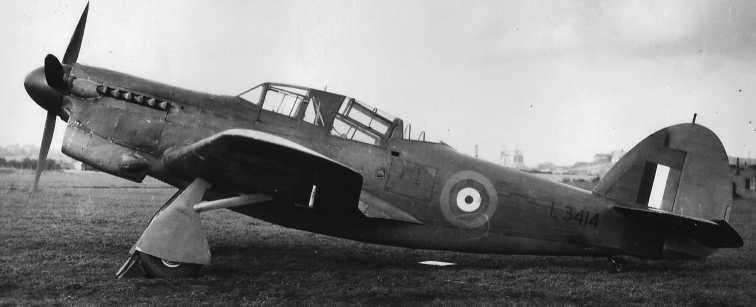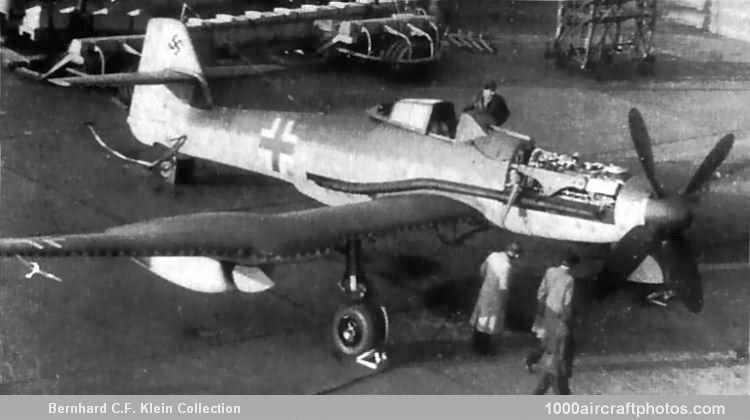Dark Alley Dan
CGN Ultra frequent flyer
- Location
- Darkest Edmonton
Damn shame, and a sad loss of life for folks who just wanted an airplane ride.
The original Nine-O-Nine was an incredibly lucky airplane.

This from Wikipedia:
The original Nine-O-Nine was an incredibly lucky airplane.

This from Wikipedia:
A former navigator of the 91st BG, Marion Havelaar, reported in his history of the group that Nine-O-Nine completed either 126 or 132 consecutive missions without aborting for mechanical reasons, also believed to be a record. M/Sgt. Rollin L. Davis, maintenance line chief of the bomber, received the Bronze Star for his role in achieving the record.
Her first bombing raid was on Augsburg, Germany, on February 25, 1944. She made 18 bombing raids on Berlin. In all she flew 1,129 hours and dropped 562,000 pounds (255,000 kg) of bombs. She had 21 engine changes, four wing panel changes, 15 main gas tank changes, and 18 changes of Tokyo tanks (long-range fuel tanks).
After the hostilities ceased in Europe, Nine-O-Nine was returned to the United States on June 8, 1945, consigned to the RFC facility at Kingman, Arizona on December 7, 1945, and eventually scrapped.











































































